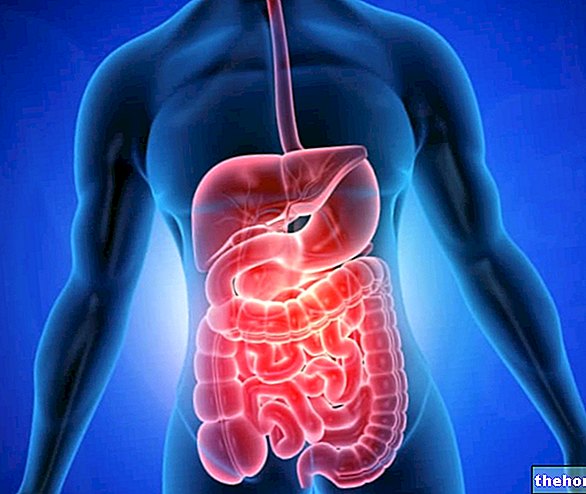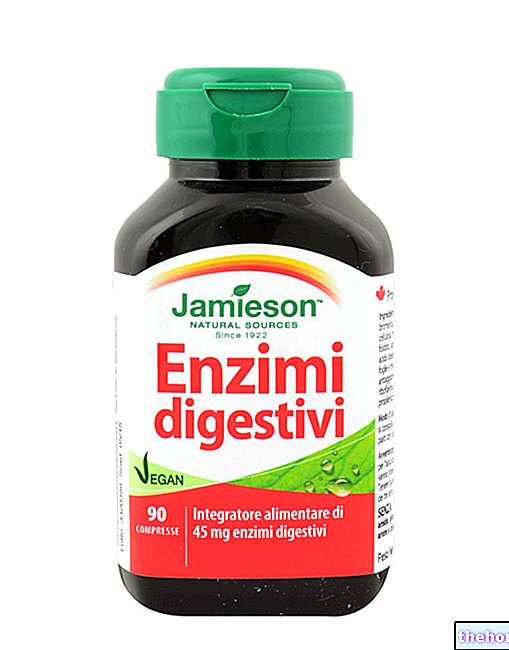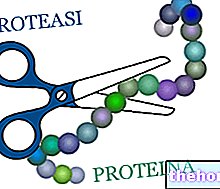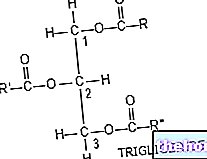" first part
Pancreas and Digestion
Pancreatic juice is rich in sodium bicarbonate, a basic substance necessary to counteract and neutralize the acidity of the gastric chyme. It also contains three important classes of enzymes:
- lipases, necessary for the digestion of fats
- the proteases (trypsin and chymotrypsin) necessary to complete the digestion of proteins
- amylases which with their action complete the splitting of polysaccharides into simple sugars
The secretion of pancreatic juice is stimulated by the presence of food thanks to reflex nerve stimuli sent from the esophagus and stomach.
The bile salts contained in the bile and released from the gallbladder have instead the task of emulsifying the fats making them attackable by pancreatic lipases.
After coming into contact with all these enzymes, the chyme, now reduced to a mixture of easily absorbable nutrients, continues in the other two tracts of the small intestine called respectively jejunum and ileum.
Small intestine and absorption
After crossing the duodenum, the chyme continues its path inside the small intestine reaching the intermediate tract called jejunum and the final tract called ileum. This structure, which in the final part continues with the large intestine, reaches a considerable length of 6-8 meters in the adult.
At this point, food digestion is now complete and the individual nutrients are ready to be absorbed.
The particular anatomical conformation and the extreme extension of this tract of the digestive canal are necessary to ensure a more effective absorption of the nutritional material. The absorbent surface, further increased by a series of finger-shaped microstructures called intestinal villi, thus becomes very extensive. The intestinal villi, consisting of a central lymphatic vessel surrounded by blood vessels and nerves, are the structures responsible for the absorption of nutrients.
The intestinal transit speed is regulated by a series of so-called segmentation movements that mix together stretches of semi-liquid content approximately 20 centimeters long. After the absorption of nutrients, the residual food mass continues its path thanks to the peristaltic movements reaching the final part of the intestine. In the last part of the ileum the peristalsis is very slow and the passage towards the cecum (the initial part of the large intestine) is regulated by the ileocecal valve.
Large intestine and stool evacuation
Having left the small intestine, almost all the substances with nutritional value have been absorbed and the semi-fluid mixture continues its path entering the initial section of the large intestine.
From the anatomical point of view, this final segment of the digestive system is divided into an initial section called the cecum, an intermediate section called the colon and a final part called the rectum.
The digestion process is completed in the large intestine through the absorption of water and mineral salts. Thanks to this process, the semi-liquid content is gradually depleted of water until it takes on a solid consistency, typical of faeces.
Stool, also called excrement, is made up of non-digestible fed residues, such as fiber (cellulose), stomach acid residues, flaking cells and bacteria.
The walls of the large intestine maintain the ability to contract arrhythmically to favor the mixing and the advancement of their contents towards the rectal ampulla. In this structure the faeces are collected and then expelled through the anus.
Assimilation and Absorption
Assimilation and absorption are two similar terms but in some respects different. To assimilate means to make similar to oneself while to absorb has a more general meaning. Inside the small intestine, nutrients are absorbed and only thanks to the action of other organs that transform them into more complex substances can they be assimilated by the body.
The beef steak we eat is first digested by reducing the proteins into individual amino acids, then absorbed by the small intestine and finally assimilated by aggregating the amino acids necessary for the formation of the proteins used in the processes of cell growth and renewal.
















.jpg)











